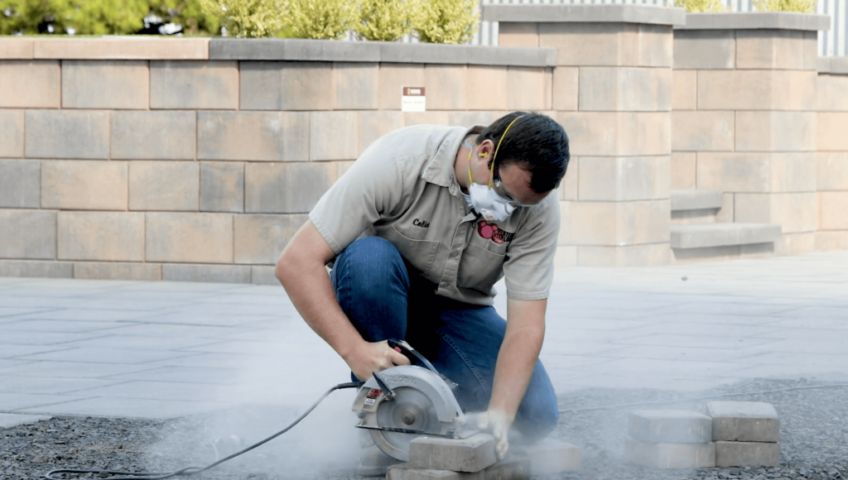Safety in Concrete Cutting: Understanding Risks and Essential Precautions
Introduction
Concrete cutting, an indispensable process in the world of construction, involves the removal and modification of concrete structures. Though seemingly straightforward, it requires expertise and meticulous care due to potential hazards. This article aims to bring to light the safety aspects of concrete cutting and the precautions that must be taken to ensure the safety of the operator and those around the work area.
Understanding the Risks in Concrete Cutting
The concrete cutting process inherently carries several risks. The operation involves heavy machinery, sharp cutting blades, and flying debris, each of which can cause harm if not handled correctly. Additionally, the process generates a significant amount of dust, which can pose respiratory hazards and visibility issues. It’s also worth noting that the use of water to cool cutting blades can create slippery surfaces and potential electric shock hazards.
The noise generated by concrete cutting machinery can also pose a risk to hearing, while the vibrations from the machinery can lead to hand-arm vibration syndrome (HAVS), a debilitating condition affecting blood vessels, nerves, and joints of the hand and arm.
Safety Precautions in Concrete Cutting
Given these risks, it’s vital to implement stringent safety measures. Here are the key precautions to consider:
- Personal Protective Equipment (PPE): Operators should always wear appropriate PPE, including safety glasses, gloves, sturdy work boots, and high-visibility clothing. In dusty conditions, a face mask or respirator may also be required. Furthermore, hearing protection should be used when operating loud machinery.
- Equipment Inspection: Before starting the cutting process, the equipment should be thoroughly inspected. This includes checking the integrity of the saw blades, ensuring all safety guards are in place, and verifying that the water cooling system is functioning correctly.
- Dust Control: Dust is a significant issue in concrete cutting. Water is often used to minimize dust; however, in situations where water cannot be used, a suitable vacuum dust collection system should be in place.
- Noise and Vibration Control: Limiting exposure to noise and vibrations is critical. This can be achieved through the use of low-vibration tools, regular breaks, and ensuring operators rotate between different tasks.
- Safety Training: Proper safety training is crucial for all operators. They should understand the machinery, potential hazards, and safety procedures, including emergency response.
- Clear Work Area: The work area should be clear of unnecessary equipment and materials to minimize trip hazards. Also, ensure that non-operating personnel are kept at a safe distance from the cutting operations.
- Handling of Cut Materials: Cut pieces of concrete can be heavy and sharp. Therefore, proper lifting techniques should be used, and any sharp edges should be dealt with cautiously to avoid injuries.
Conclusion
The importance of safety in concrete cutting operations cannot be overemphasized. Through the use of PPE, regular equipment checks, effective dust, noise, and vibration control, operator training, and a well-organized work area, the risks associated with concrete cutting can be significantly minimized. Ensuring these safety practices are followed diligently not only protects the workers but also contributes to the efficiency and quality of the work carried out.


Write a Comment